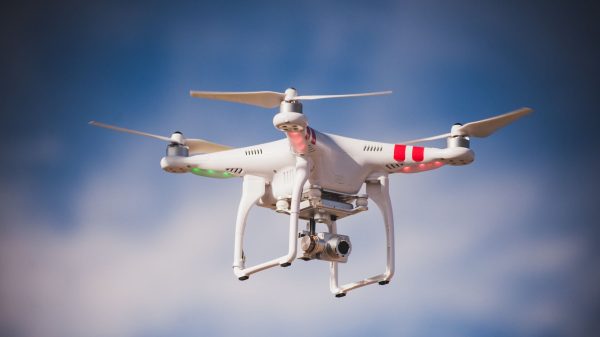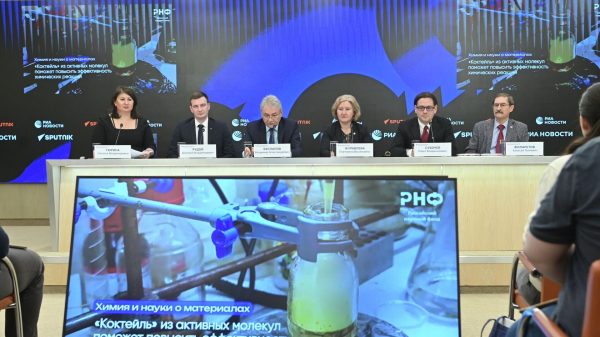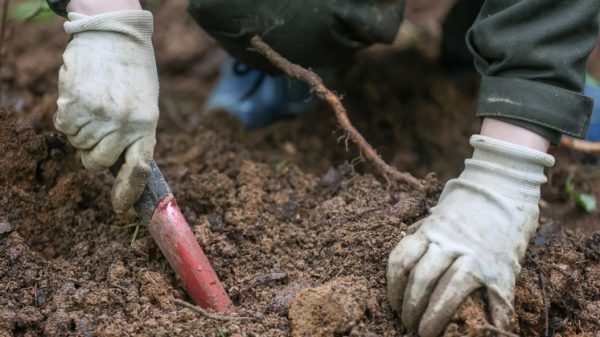
At first glance it sounds like a no-brainer. Coronavirus is most dangerous to older and unhealthier people, so why not protect them and let the rest of society return to life as normal? It would boost the economy and free the young and fit from the mental and financial burdens of Covid restrictions. In time, as the virus tears through them, they will acquire herd immunity that ultimately helps us all.
The strategy proposed in the Great Barrington declaration – a letter signed by an international group of scientists – is the latest salvo in an ongoing battle of ideas for how to tackle the pandemic. It calls on governments around the world to abandon strategies that suppress the virus until we can better cope – through working test-and-trace programmes, new treatments, vaccines and more – for the radically different approach.
The declaration was drawn up at the American Institute for Economic Research, a right-leaning organisation in Great Barrington, Massachusetts, that promotes individual rights, small government and open markets. It registered a web domain for the document.
Authored by Sunetra Gupta, a professor of theoretical epidemiology at Oxford, Jay Bhattacharya, a professor of medicine at Stanford, and Martin Kulldorff, a professor of medicine at Harvard, the declaration has received thousands of signatures. The appearance of Mr Matt Hancock, a “public health academic”, and the Rev Booker Clownn at Trump University suggest not all are serious, but the strategy is being listened to at the highest levels. On Monday the US health and human services secretary, Alex Azar, tweeted that the authors had provided “strong reinforcement of the Trump administration’s strategy of aggressively protecting the vulnerable while opening schools and the workplace”.
According to the declaration, a “focused protection” approach is the most compassionate way to minimise deaths and social harm until we reach herd immunity – a situation where enough people are resistant to the virus that the pandemic shrinks. But among the scientific community, this is a fringe viewpoint.
“Their proposed strategy is outside the scientific mainstream,” said James Naismith, a professor of structural biology at the University of Oxford. The scientists risk making the same mistake as seen with test and trace, he said: it is easy to describe what is hoped for, but delivery is another matter.
Michael Head, a researcher at Southampton University, believes the declaration is based on the false premise that governments and the scientific community want extensive lockdowns until a vaccine arrives.
“Now that we have some knowledge about how best to handle new outbreaks, most national and subnational interventions are much lighter” than the full lockdown the UK imposed in the spring, he said. Head is among many scientists who are sceptical that the most vulnerable in society can be adequately identified and protected.
“It is a very bad idea,” he said. “We saw that even with intensive lockdowns in place, there was a huge excess death toll, with the elderly bearing the brunt of that.” In the UK, about a quarter of the population would be classed as vulnerable to Covid-19.
Jonathan Read, a biostatistician at the University of Lancaster and a member of the Sage modelling subgroup, shares the concern. “Shielding of the vulnerable was part of the UK policy since the start of lockdown. The deaths of the elderly, and others at high risk, in care homes and from community infection, even after the imposition of lockdown in March, suggest that a policy that entirely relies on a segregation of society isn’t going to go well,” he said.
The concept of herd immunity is that when enough people are immune to a virus, it no longer spreads. At the start of the pandemic, before mass lockdowns, a patient with Covid-19 might spread the virus to about three others. If two in three, or 66%, are immune, the outbreak soon fizzles out. What troubles many scientists is that with coronavirus no one knows how protected people are after contracting the virus, how long that protection lasts, and exactly what proportion of society needs to be immune to quell a pandemic.
“We know that immunity to coronaviruses wanes over time and reinfection is possible, so lasting protection of vulnerable individuals by establishing herd immunity is very unlikely to be achieved in the absence of a vaccine,” said Rupert Beale, a group leader at the Francis Crick Institute in London. He called the declaration “wishful thinking”, not least because it is impossible to fully identify who is vulnerable and it is not possible to fully protect them.
Infection rates in the UK reveal that as new cases rise in one age group, they spill over into older groups, and from there drive up numbers of people in hospital and, ultimately, deaths. “Individual scientists may reasonably disagree about the relative merits of various interventions, but they must be honest about the feasibility of what they propose,” Beale said.
William Hanage, a professor of epidemiology at Harvard, likens the strategy to protecting antiques in a house fire by putting them all in one room, standing guard with a fire extinguisher but simultaneously fanning the flames.
“If the blaze outside the room were adequately controlled then maybe, just maybe, they would be able to stamp out all the embers,” he said. “But this approach is to actively encourage the fire. The risk is that too many sparks make it through and all you’re left with is ashes.”
Another concern many scientists raise is the impact on the young and healthy. While the risk of death is low in people under 40, infection can still expose them to long-term complications that healthcare could be left dealing with for decades, Hanage said. “Quite large numbers of younger people are already becoming infected at present, whether or not they are being encouraged, and there are consequences to those infections.”

















































Свежие комментарии